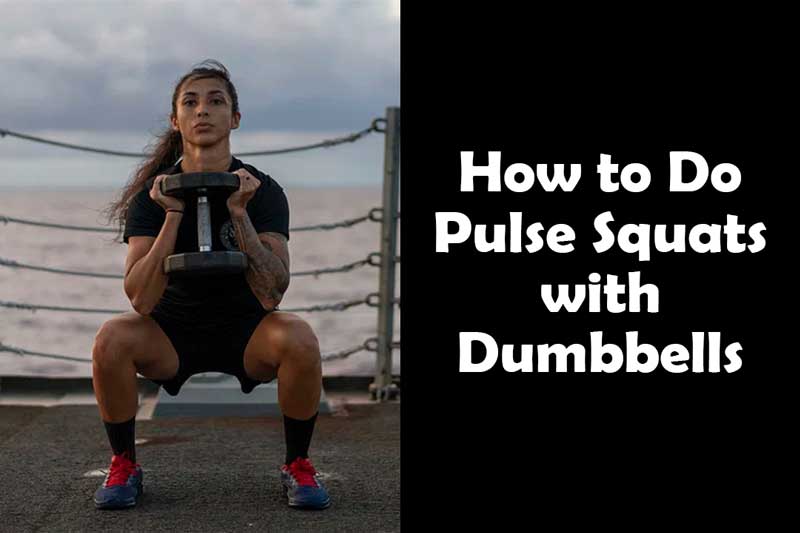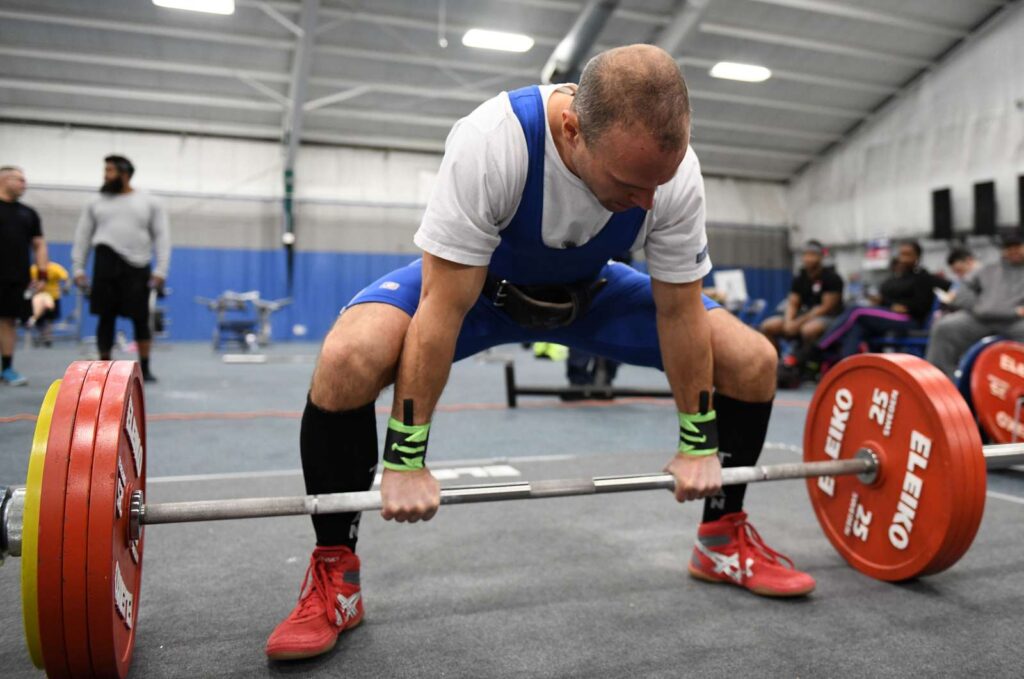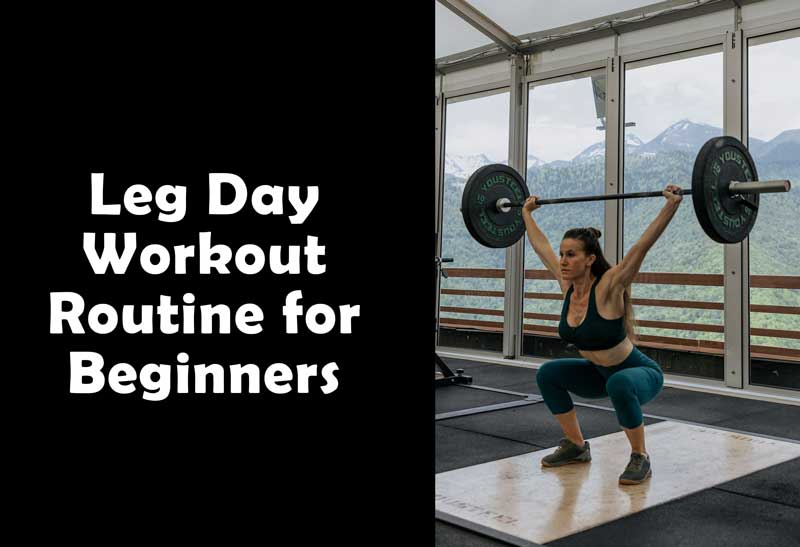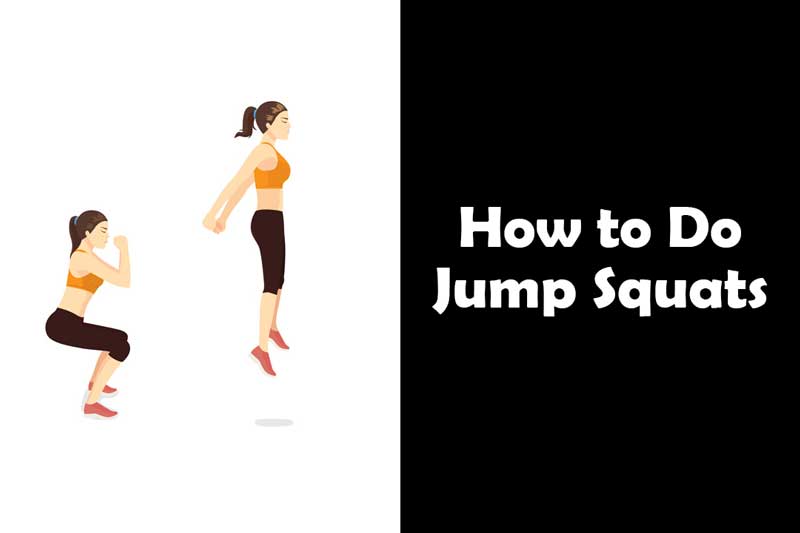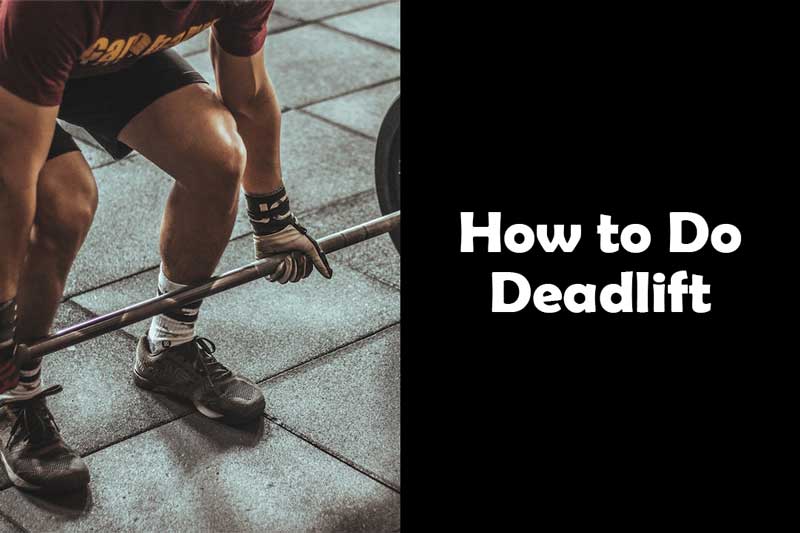Looking to make your squats more effective and more challenging? Or want to burn those leg muscles for growth and strength? For such goals, pulse squats with dumbbells are an excellent exercise to incorporate into your routine.
This compound movement targets multiple muscle groups in your lower body, including the quadriceps, hamstrings, glutes, and calves. By performing pulse squat with dumbbells, you can increase strength, build muscle, and improve overall lower body stability.
In this article, we will guide you through the step-by-step process of performing pulse squats with dumbbells correctly.
What is Pulse Squats with Dumbbells?
Pulse squats with dumbbells are a dynamic variation of traditional squats that involve adding an extra pulsing movement at the bottom of the squat. Holding a dumbbell or 2 can make it even more explosive.
This slight pause and pulse help to increase time under tension, activating more muscle fibers and leading to greater muscle growth and strength gains.
Benefits of Pulse Squats with Dumbbells
Pulse squat with dumbbells offer several benefits:
1) Increased Caloric Expenditure
Pulse squats with dumbbells are a high intensity lower body workout. This exercise raises heart rate very rapidly, this leads to more calorie burning.
Also, this exercise is a compound movement that engages multiple muscle groups simultaneously. This leads to a higher caloric expenditure compared to isolation exercises, making them a valuable addition to a weight loss or calorie-burning workout routine.
2) Improved Lower Body Strength
By targeting the quadriceps, hamstrings, glutes, and calves, pulse squats with dumbbells help build overall lower body strength.
Strong lower body muscles are essential for various activities, such as walking, running, and climbing stairs.
3) Enhanced Functional Movement
Pulse squats mimic movements we perform in our daily lives, such as sitting down and standing up.
By strengthening the muscles involved in these movements, pulse squats improve overall functional fitness and make everyday activities easier.
4) Core Stability and Balance
Maintaining proper posture and stability throughout the exercise requires engaging the core muscles.
Pulse squats with dumbbells help strengthen the core, enhancing overall stability and balance.
5) Time Efficiency
Pulse squats with dumbbells engage multiple muscle groups in a single exercise. This makes them a time-efficient choice, allowing you to work several muscle groups simultaneously and optimize your workout routine.
6) Increased Bone Density
Weight-bearing exercises like pulse squats stimulate bone growth and help maintain or increase bone density. This is particularly beneficial for preventing osteoporosis and reducing the risk of fractures.
7) Improved Athletic Performance
Pulse squats with dumbbells enhance lower body strength, power, and stability. These attributes are essential for various sports and athletic activities, such as running, jumping, and agility movements.
8) Versatility
This exercise can be modified to suit different fitness levels and goals, making it suitable for beginners and advanced individuals alike.
Muscles Worked During Pulse Squats with Dumbbells
Pulse squats with dumbbells are a compound exercise that engages multiple muscle groups in the lower body. By performing this exercise correctly, you can target and strengthen the following muscles:
1) Quadriceps
The quadriceps muscles located in the front of your thighs are the primary movers during pulse squats. They work to extend the knee joint as you rise from the squatting position.
2) Hamstrings
Situated at the back of the thigh, the hamstrings act as synergists during pulse squats. They help to stabilize the knee joint and assist in the movement by flexing the knee as you lower into the squat position.
3) Glutes
The gluteal muscles, including the gluteus maximus, gluteus medius, and gluteus minimus, are heavily engaged during pulse squats. They work to extend the hips and provide power and stability during the movement.
4) Calves
The calf muscles, specifically the gastrocnemius and soleus, play a supportive role during pulse squats. They help with ankle stability and contribute to the overall strength and balance required for the exercise.
5) Core muscles
While pulse squats primarily target the lower body, your core muscles also play a vital role in maintaining stability and proper posture throughout the movement. The muscles of the abdominals, obliques, and lower back work synergistically to keep your torso stable and balanced.
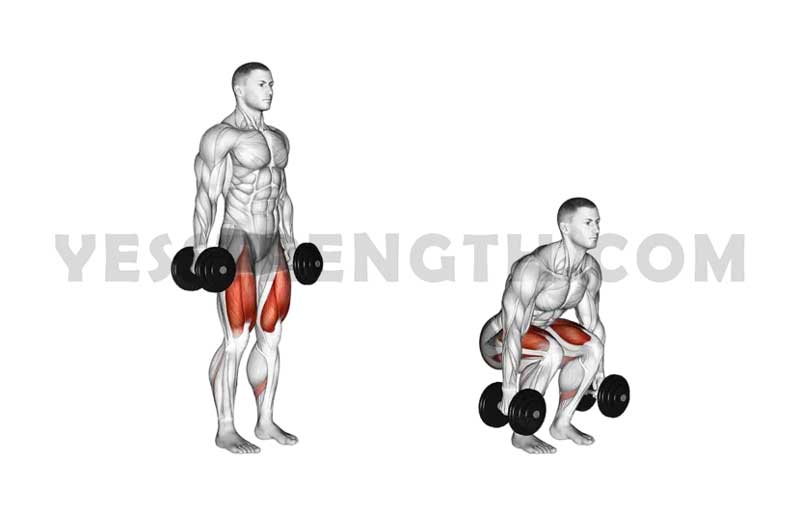
Equipment Required
To perform this intense exercise, you will need the following equipment:
- Dumbbells: Choose a pair of dumbbells that are appropriate for your fitness level. Start with lighter weights if you are a beginner and gradually increase the weight as you become more comfortable with the exercise.
- Workout bench (optional): If you prefer, you can perform pulse squats with dumbbells without a bench. However, a bench can provide stability and support during the exercise.
Step-by-Step Guide to Performing Pulse Squats with Dumbbells
Follow these steps to perform pulse squats with dumbbells correctly:
- Start by standing with your feet shoulder-width apart and hold a dumbbell in each hand, palms facing inward. You can also hold a single dumbbell with both hands, near your chest and perform this exercise.
- Engage your core and maintain proper posture throughout the exercise.
- Lower your body into a squat position, keeping your chest lifted and knees in line with your toes.
- Once you reach the bottom of the squat, pause for a moment.
- Perform a small pulsing movement by lowering your body a few inches and then rising back up slightly.
- Continue pulsing for the desired number of repetitions or duration.
- Push through your heels, engage your glutes and thighs, and return to the starting position by standing up fully.
- Repeat the movement for the recommended number of sets and repetitions.
Common Mistakes to Avoid
To get the most out of your pulse squats with dumbbells and prevent injuries, be mindful of the following common mistakes:
- Arching the back: Maintain a neutral spine throughout the exercise and avoid excessive arching of the back.
- Allowing the knees to cave in: Keep your knees in line with your toes to prevent strain on the knee joints.
- Using improper weight: Choose dumbbells that challenge you but still allow you to maintain proper form.
- Neglecting proper breathing: Breathe in as you lower your body into the squat and exhale as you rise back up.
- Rushing the exercise: Perform the pulses at a controlled pace to engage the muscles effectively.
Variations and Modifications
Once you have mastered the basic pulse squats with dumbbells, you can incorporate variations to keep your workouts challenging and engaging. Here are a few variations you can try:
- Sumo pulse squats: Stand with your feet wider than shoulder-width apart and toes turned out at an angle. Perform the pulse squats using this wider stance.
- Single-leg pulse squats: Lift one leg off the ground and perform the pulse squats on the other leg. This variation adds an extra challenge to your balance and engages your stabilizing muscles.
- Goblet pulse squats: Hold a single dumbbell vertically with both hands at chest level, close to your body. Perform the pulse squats while holding the dumbbell in this position.
Safety Precautions for Pulse Squats with Dumbbells
To ensure your safety while performing pulse squats with dumbbells, keep the following precautions in mind:
- Consult with a healthcare professional: If you have any pre-existing medical conditions or concerns, consult with a healthcare professional before attempting this exercise.
- Start with lighter weights: Begin with lighter dumbbells and gradually increase the weight as your strength and form improve.
- Warm up properly: Always warm up your body with dynamic stretches and light cardio before engaging in any exercise routine.
- Listen to your body: If you experience pain or discomfort during the exercise, stop immediately and seek medical advice.
Sample Workout Routine
To incorporate this amazing exercise into your workout routine, consider the following sample leg workout:
- Warm up: 5-10 minutes of light cardio (e.g., jogging or cycling) and dynamic stretches
- Pulse Squats with Dumbbells: 3 sets of 12-15 repetitions
- Romanian Deadlifts: 3 sets of 10 repetitions
- Walking Lunges: 3 sets of 12 steps (each leg)
- Calf Raises: 3 sets of 15 repetitions
- Leg Press: 3 sets of 10 repetitions
Remember to adjust the weight and repetitions based on your fitness level and goals. Rest for 1-2 minutes between sets.
Tips for Maximum Effectiveness
To maximize the effectiveness of pulse squats with dumbbells, consider the following tips:
- Focus on proper form: Maintain proper posture, engage your core, and keep your knees in line with your toes throughout the exercise.
- Gradually increase the weight: As your strength improves, progressively increase the weight of the dumbbells to continue challenging your muscles.
- Incorporate progressive overload: Aim to increase the number of repetitions, sets, or weight lifted over time to stimulate muscle growth and strength gains.
- Combine with other leg exercises: Incorporate pulse squats with dumbbells into a well-rounded leg workout routine that includes exercises targeting different muscle groups.
- Allow for rest and recovery: Give your muscles time to recover by incorporating rest days into your workout schedule.
Conclusion
Pulse squats with dumbbells are a powerful exercise that can help you develop strength, build muscle, and enhance lower body stability. By incorporating this exercise into your workout routine, you can experience the benefits of increased muscle activation and overall lower body strength.
Remember to prioritize proper form, gradually increase the intensity, and listen to your body to avoid injuries. So grab those dumbbells, engage your muscles, and pulse your way to stronger legs!
FAQs
1. Can pulse squats with dumbbells help me lose weight?
Pulse squats with dumbbells are primarily a strength-building exercise. While they can contribute to overall calorie expenditure, incorporating them into a well-rounded fitness routine that includes cardio and a balanced diet is key to weight loss.
2. How heavy should the dumbbells be for pulse squats?
The weight of the dumbbells should be challenging but manageable. Start with lighter weights and gradually increase as you build strength and improve your form.
3. Are pulse squats with dumbbells suitable for beginners?
Yes, beginners can perform pulse squats with dumbbells. It’s important to start with lighter weights, focus on proper form, and listen to your body. If you have any concerns, consult with a fitness professional or trainer.
4. How often should I do pulse squats with dumbbells?
The frequency of performing pulse squats with dumbbells depends on your overall fitness routine and goals. You can incorporate them into your leg workouts 2-3 times per week, allowing for adequate rest and recovery between sessions.
5. Can I do pulse squats without dumbbells?
Yes, pulse squat can be performed without dumbbells by using your body weight or other forms of resistance, such as resistance bands. However, using dumbbells adds an extra challenge and allows for progressive overload as you increase the weight.
And as always Say Yes to Strength!

